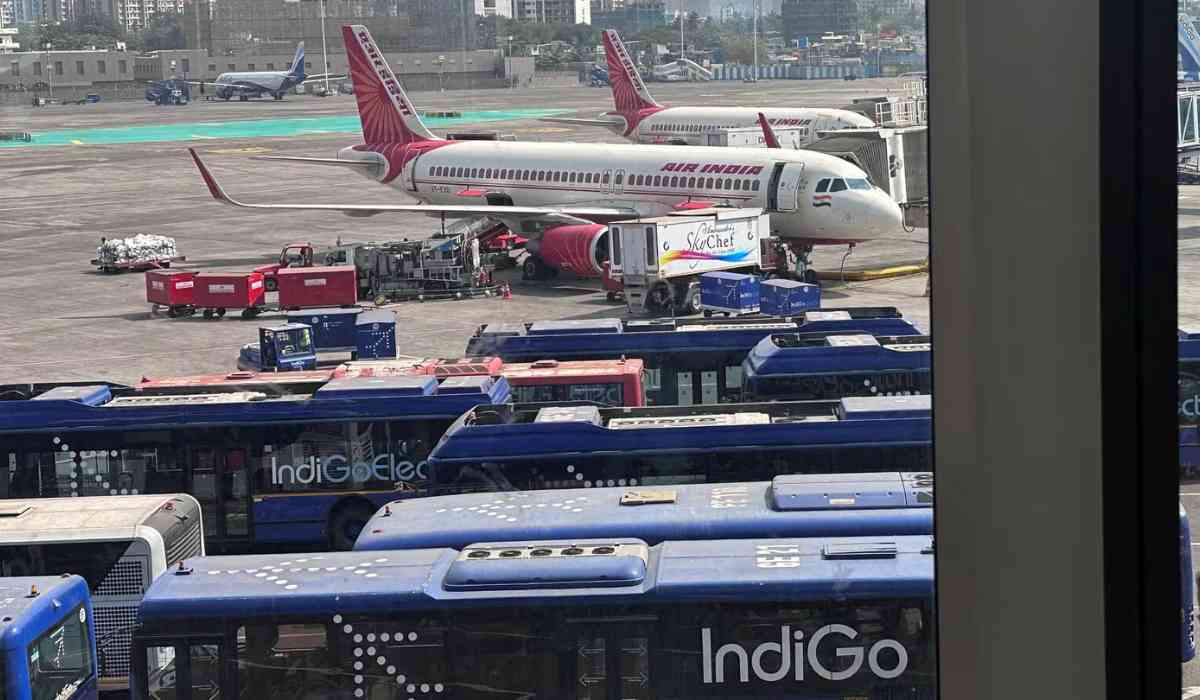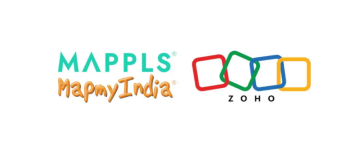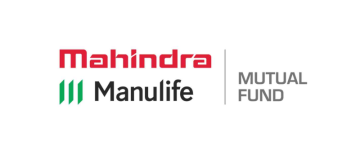Indian aviation has reached new heights in the first half of 2024, marking unprecedented growth in domestic air traffic. Recording an impressive 7.93 crore passengers from January to June, the industry has significantly outperformed the same period last year, which saw 7.60 crore passengers. This upward trajectory reinforces India's swift recovery post-COVID, surpassing pre-pandemic levels by a substantial margin.

Record-Breaking Passenger Numbers
In the first half of 2024, Indian aviation achieved its highest passenger traffic ever, with 7.93 crore passengers compared to 7.60 crore in the same period last year. This growth is notable, especially considering 2023 was already a record year, exceeding pre-COVID figures by 5.77%. Current numbers stand 12.3% higher than in 2019, the last full year before the pandemic, showcasing India's resilience and robust recovery in the aviation sector.
June witnessed a slight dip in passenger numbers compared to May, yet it was still the best-ever June for domestic air traffic in India. A total of 1.36 crore passengers flew in June 2024, up from 1.24 crore in June 2023. Despite the collapse of Go FIRST in May last year, which temporarily reduced market capacity, the industry has rebounded strongly.
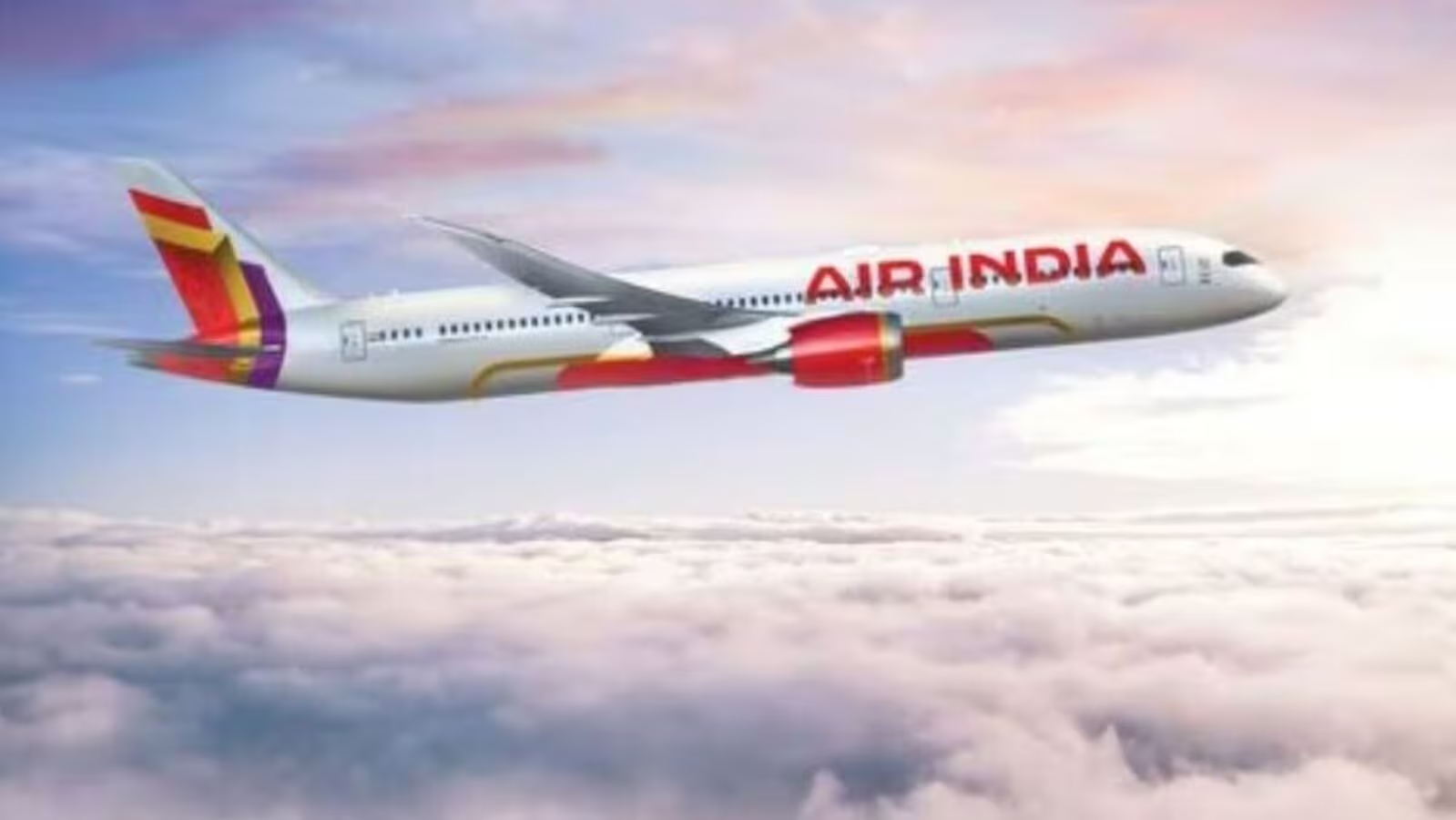
Industry Dynamics: Challenges and Growth
IndiGo, one of India's leading airlines, reported record profits last financial year, reflecting the industry's overall growth. However, a severe shortage of planes is constraining further expansion. IndiGo, with a fleet of over 350 aircraft, has 70 to 80 planes grounded due to engine issues. Similarly, SpiceJet struggles with financial challenges, affecting its ability to repair and deploy aircraft. Akasa Air has not inducted any new aircraft since February, further limiting available capacity.
This shortage has led to increased fares, with many passengers paying double or more compared to pre-COVID prices. Departures have increased by only 2.5%, lower than the overall traffic growth, indicating a higher load factor and higher fares.
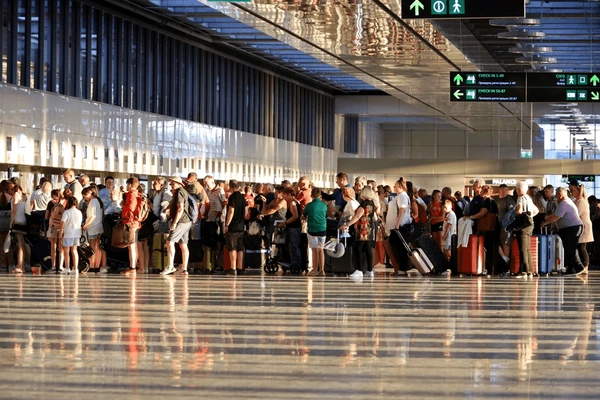
Beneficiaries of the Boom
IndiGo and the Tata group of airlines have emerged as the primary beneficiaries of the market's growth. Pre-COVID, the Tata group airlines, including Air India (then government-owned), AirAsia India (now AIX Connect), and Vistara, had a combined market share of 24.1%. Today, this figure has risen to 28.7%. IndiGo's market share, which was 47.1% at the end of 2019, had peaked above 60% before stabilizing around this number due to engine availability issues and aircraft grounding.
On the flip side, SpiceJet has seen a significant decline in market share, dropping below 4% in June 2024 and closing Q2-CY24 with just 4.2%. This decline is more a result of internal challenges than market conditions.
Akasa Air, Air India, and IndiGo were the top three airlines for slot compliance as of May 2024, effectively utilizing almost all allocated slots for the Summer Schedule. Conversely, Air India Express and SpiceJet lagged in slot usage, reflecting operational inefficiencies.
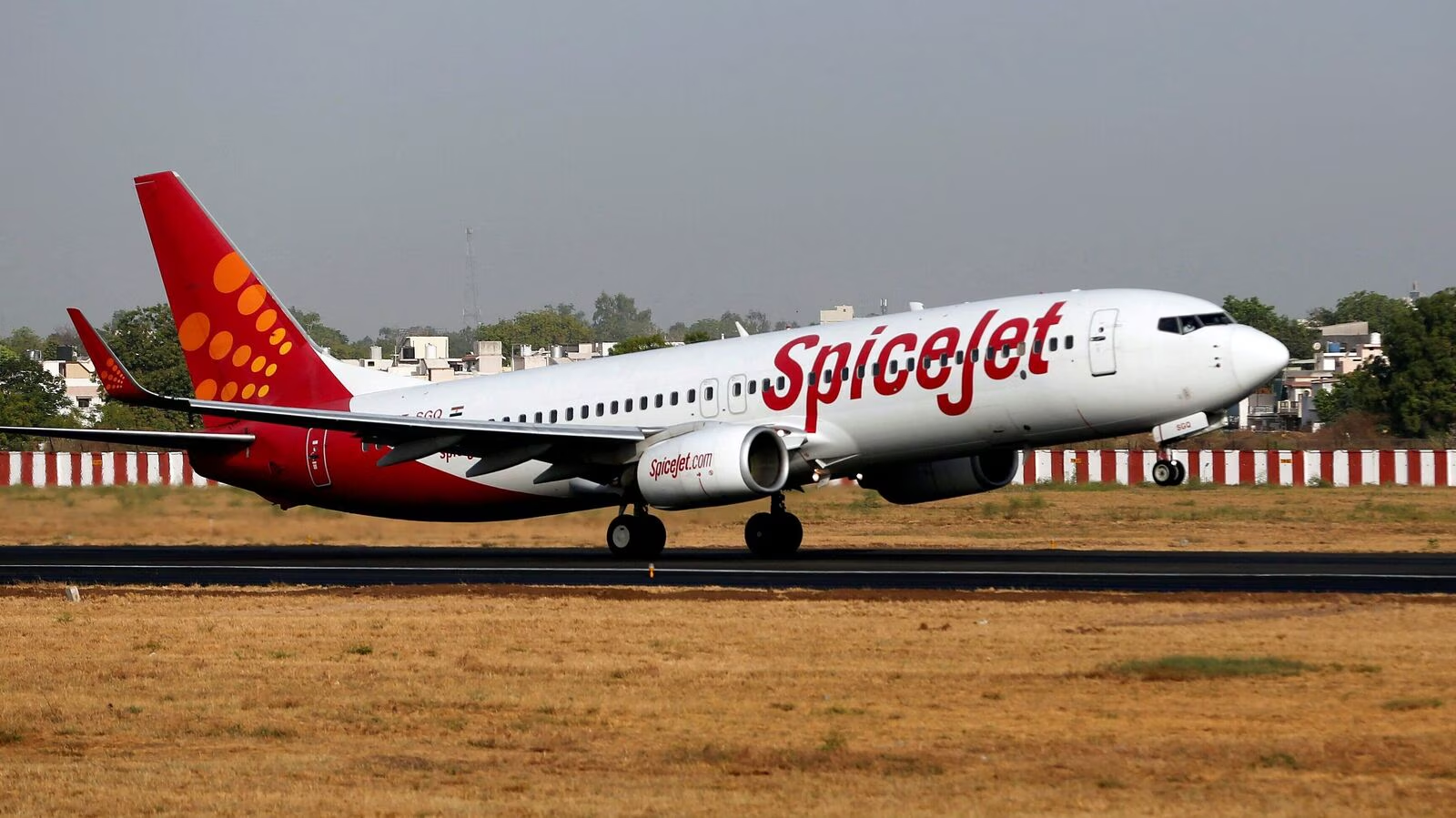
Looking Ahead: Continued Growth and Challenges
The first half of 2024 has set a positive tone for Indian aviation, with every month recording higher traffic than the corresponding month in the previous year. This consistent growth suggests that the industry could close the year with 16 crore passengers, a historic milestone for India's domestic aviation sector.
The second half of the year typically sees higher capacity deployment. Air India Express and IndiGo are expected to receive more aircraft deliveries, enhancing their operational capacity. However, challenges remain, such as the limited availability of Terminal 1 at Delhi airport following a recent incident. The country's largest airport is currently operating with only two terminals, leading to congestion. The reopening of T1 could alleviate this burden and facilitate additional flights, further boosting passenger numbers.
Inputs by Agencies
Image Source: Multiple Agencies
Ⓒ Copyright 2024. All Rights Reserved Powered by Vygr Media.

